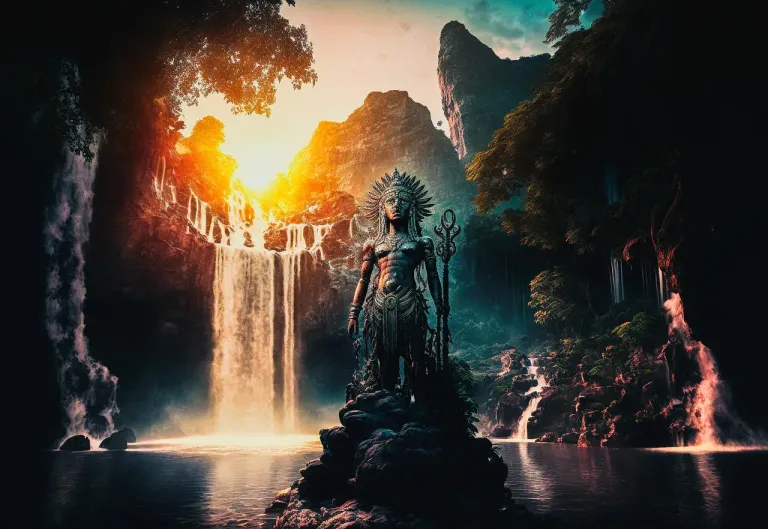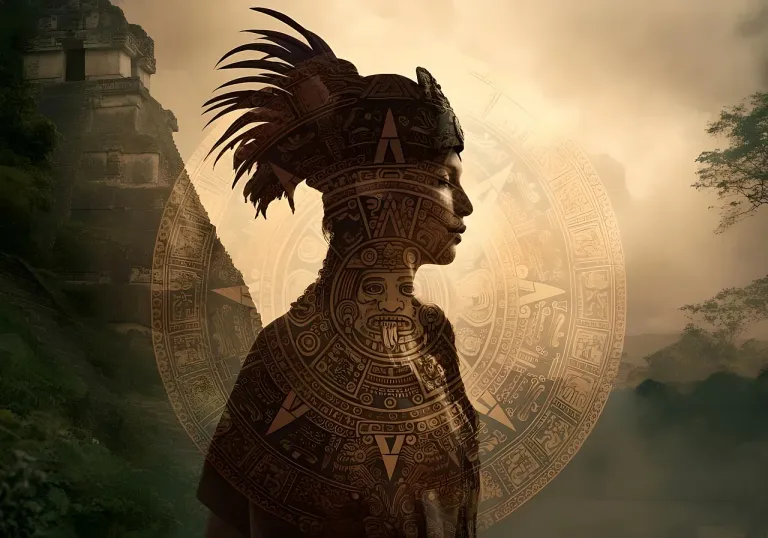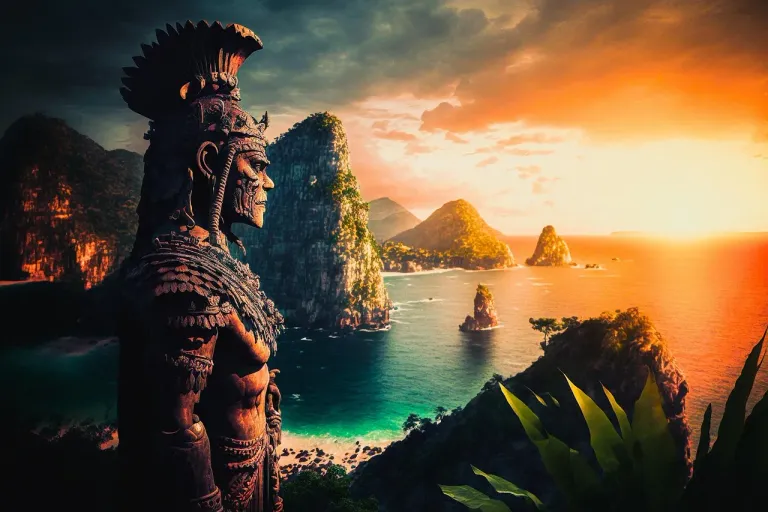The Mystical Crystal Skulls

Crystal Skulls
Legends surrounding crystal skulls are filled with tales of their extraordinary supernatural powers. Joshua Shapiro, a well-known crystal skull researcher and co-author of Mysteries of the Crystal Skulls Revealed, cites claims of healing and enhanced psychic abilities from those who have been in the presence of these skulls. He states, “We believe the crystal skulls are a form of computer that can record the energy and vibrations occurring around them. The skull will pictorially replay all events or images of the people who have come into contact with them, meaning they contain the history of our world.” This perspective is based on years of research and firsthand experiences with crystal skulls.
Many believe an ancient Mesoamerican civilization carved these skulls thousands, or even tens of thousands, of years ago. Others think they could be relics from the legendary island of Atlantis or evidence that extraterrestrials visited the Aztecs before the Spanish conquest. The earliest published reference to a crystal skull appeared in the July 1936 issue of the British anthropological journal Man. In it, Sydney Burney, a London art dealer who reportedly owned it since 1933, was described as its owner. Notably, there was no mention of F. A. Mitchell-Hedges at that time.
Mitchell-Hedges briefly referenced the skull in the first edition of his autobiography, Danger My Ally (1954), without specifying where or by whom it was found. He claimed that “it is at least 3,600 years old, and according to legend, it was used by the High Priest of the Maya when performing esoteric rites. It is said that when he willed death with the help of the skull, death invariably followed.” However, all subsequent editions of Danger My Ally omitted any mention of the skull entirely. This brief mention in Mitchell-Hedges’ autobiography offers a tantalizing glimpse into the possible historical context and uses of these crystal skulls in ancient Mesoamerica.
The firm’s meticulous analysis of the skull only deepened its mystery. According to their experts, the skull was made from a single piece of pure natural quartz and would have taken years to carve, even with the most advanced diamond tools. When Anna Mitchell-Hedges discovered the skull at Lubaantun, she reported that the Maya workers on the expedition immediately recognized it as a sacred artifact of their culture.
Although no other crystal skulls have been found at hundreds of well-documented Mayan or Aztec archaeological sites, skulls were a recurring motif in ancient Mesoamerica, commonly featured in carvings and religious artworks. These skulls held deep cultural and spiritual significance for the ancient Mesoamericans, symbolizing death and rebirth while connecting the physical and spiritual worlds.
Science
Various analyses have been conducted on the skull. One significant mystery involves the material from which it is carved. Quartz crystal, known to have a hardness rating of 7 on the Mohs scale (which measures the hardness of minerals from 0, talc, to 10, diamond), raises questions about how this specimen could have been carved without modern tools using substances like ruby or diamond. Studies conducted by Hewlett-Packard in the 1970s determined that the skull could not have been made with metal tools because there were no microscopic scratches on its surface. Furthermore, they concluded that it would have required sand erosion for 300 years to achieve such a high degree of flawless perfection.
Over the years, the skull has been attributed to various purported paranormal qualities. Anna Mitchell-Hedges once claimed it gave her a premonition of President Kennedy’s death in 1963. Others have linked the skull to mysterious deaths. The most common accounts involve strange visions and sounds. Frank Dorland, who was entrusted with the skull by Anna in the late 1960s, reported numerous odd experiences while in its presence. He described seeing images of ancient temples in the skull’s eyes, visions of Lubaantun at the height of the Mayan civilization, and hearing metallic bells, singing, whispered voices, and the sound of icy mountain streams. Dorland believed these visions were not paranormal phenomena but rather a natural synchronicity between the crystal and the human brain. He suggested that “the mass of crystal in some way triggered certain reflexes in the brain, making you think you were tasting, hearing, or seeing things.” His experiences offer a fascinating glimpse into the potential interactions between humans and crystal skulls.
These crystal skulls have also become part of a more prominent, allegedly Native American prophecy, which claims that when 13 of them are finally reunited, they will disseminate universal knowledge and secrets critical to humanity’s survival — but only when humanity is ready. The number 13 holds significant cultural and spiritual meaning in many Native American traditions, symbolizing unity, balance, and harmony.
Similar skulls have been discovered in various parts of the world, though many are made from materials other than quartz. An entire skeleton of jade was even found in Mongolia, slightly smaller than a human skeleton and estimated to have been created between 2200 and 3500 B.C. So, who is responsible for these perfectly carved oddities? Is it the work of a technologically advanced civilization whose tools and methods have yet to be uncovered, or perhaps even extraterrestrials? While some doubt the authenticity of many of these artifacts, one thing is certain: the phenomenon of crystal skulls and similar artifacts will continue to intrigue investigators. This controversy and skepticism add another layer of interest to the study of crystal skulls, inviting further exploration and debate.
Posted by Waivio guest: @waivio_cosmicsecrets


